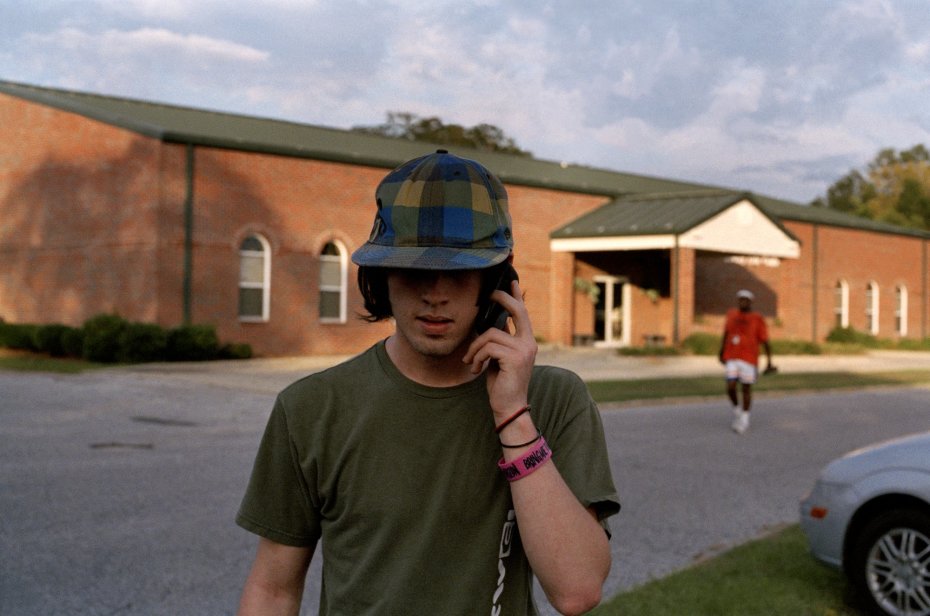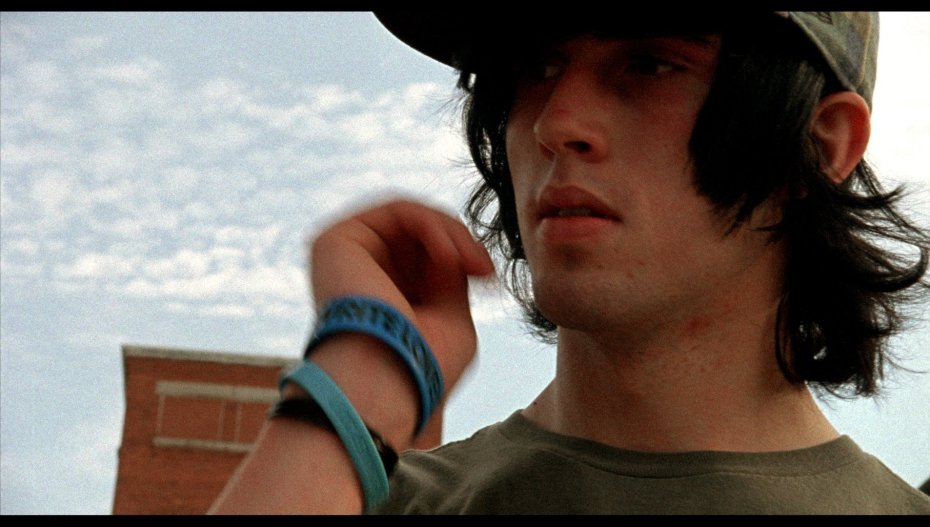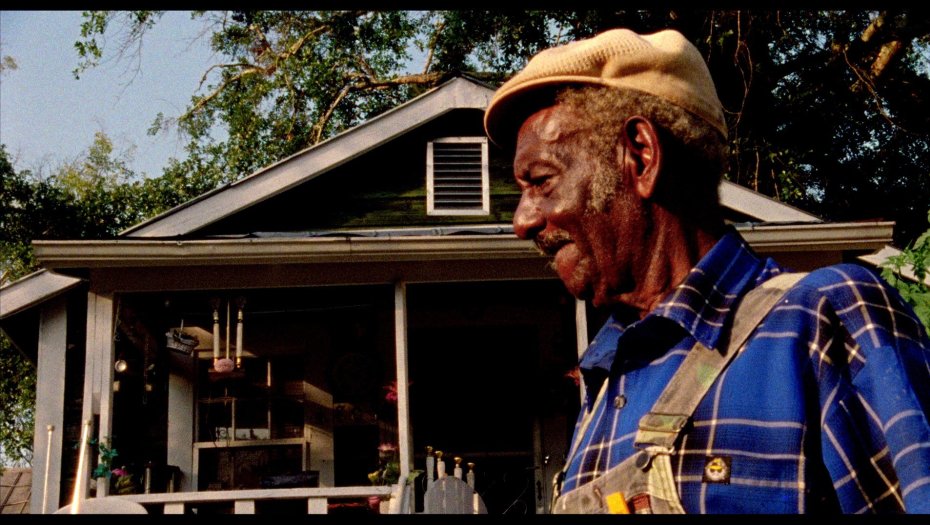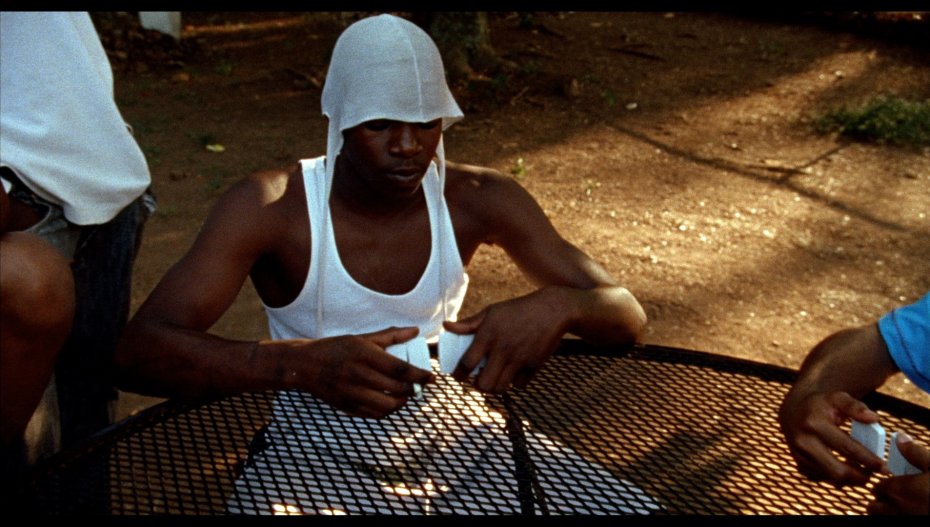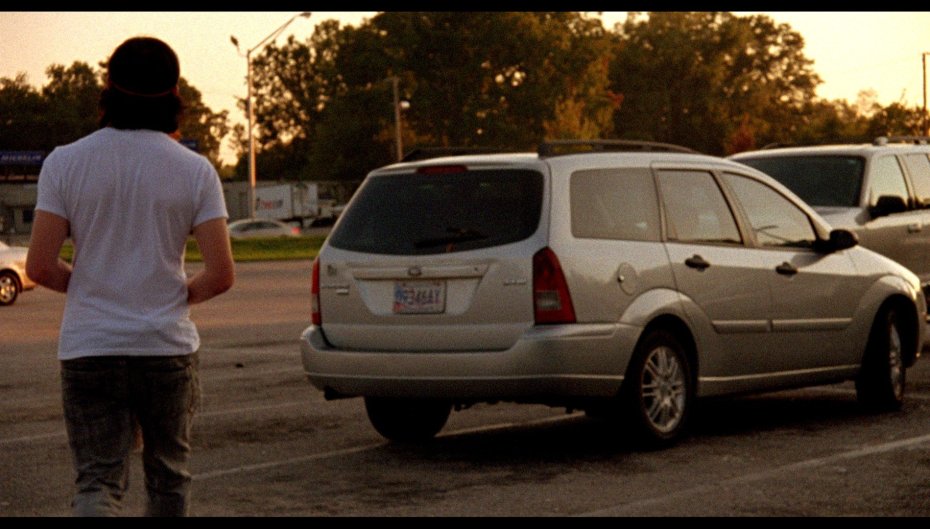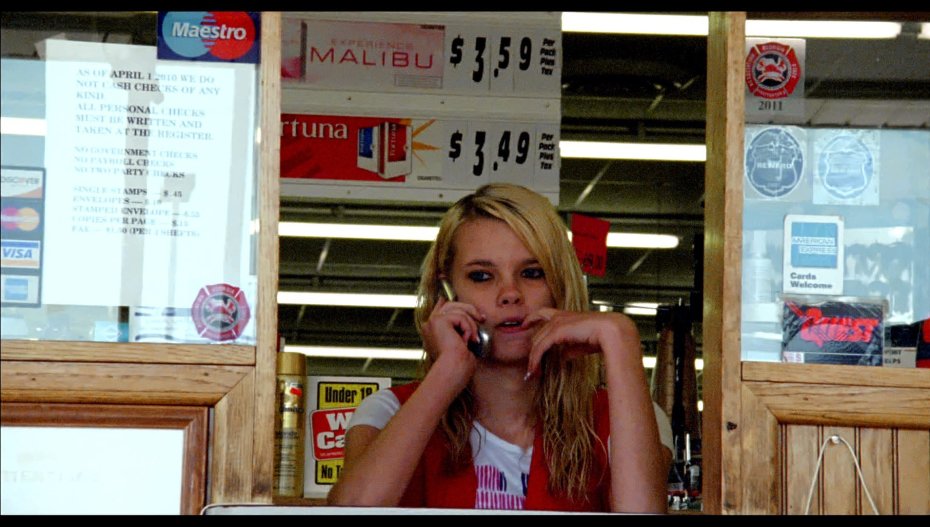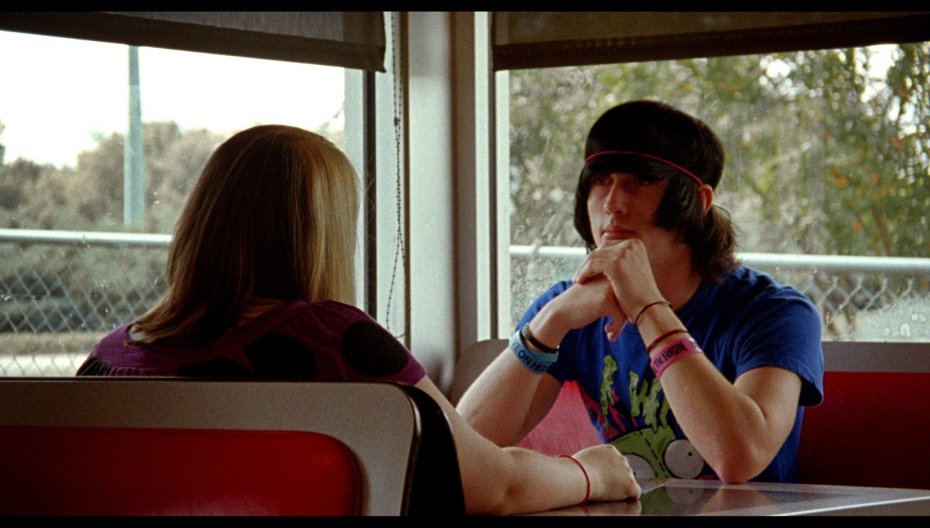We are proud to present Shawmut Circle, Muzi Quawson's (London, 1978) third solo exhibition at the Annet Gelink Gallery.
Shawmut Circle is named after a local playground which functions as the favorite skate site for Cody, one of the film's central characters. The work consists of a series of fragmented vignettes that are set on three screens, and show glimpses of the daily lives of a group of adolescents and grown ups in City of Valley, USA. Muzi Quawson spent several months in this marginalized community on the border of Georgia and Alabama and created a complex, atmospheric portrait of the lives she encountered.
Quawson manages to catch the tranquility of small town life where the girl at the cash desk casually shares family news with a passerby and kids make out in the parking lot. The elderly "Bullet" takes us on a bike ride through the black community and tells us how he got his name. We also meet Cody, the young skater whose appearance clearly sets him apart from his peers. And there is Henry, who sings a hymn to us in the back of his grocery shop/gas pump.
Although the work does not aim to be a sociological document, it is full of references to the cultural background of the American Deep South. "Bullet's" recollections of his work at the cotton mills refer to the time when "cotton was king" - a time long gone. The slow-pace of life, especially that of the youth depicted, tells us of the recession the area had to face since the decline of American textile industries. The clear geographical separation between the black and the white characters documents the racial segregation that was practiced well into the 1970s in Georgia.
As in "Pull Back the Shade" and "Old Home" Quawson approaches her characters with great respect for their individuality. The scenes she shows are authentic, capturing the everyday life. It is the photographic mastery and full attention, which takes these moments out of the ordinary and lends them the cinematic quality emblematic for Quawson's work.
This work has been made possible by the generous support of the Mondriaan Fund and the Rijksakademie van Beeldende Kunsten.
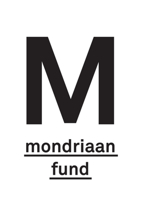
![]()

